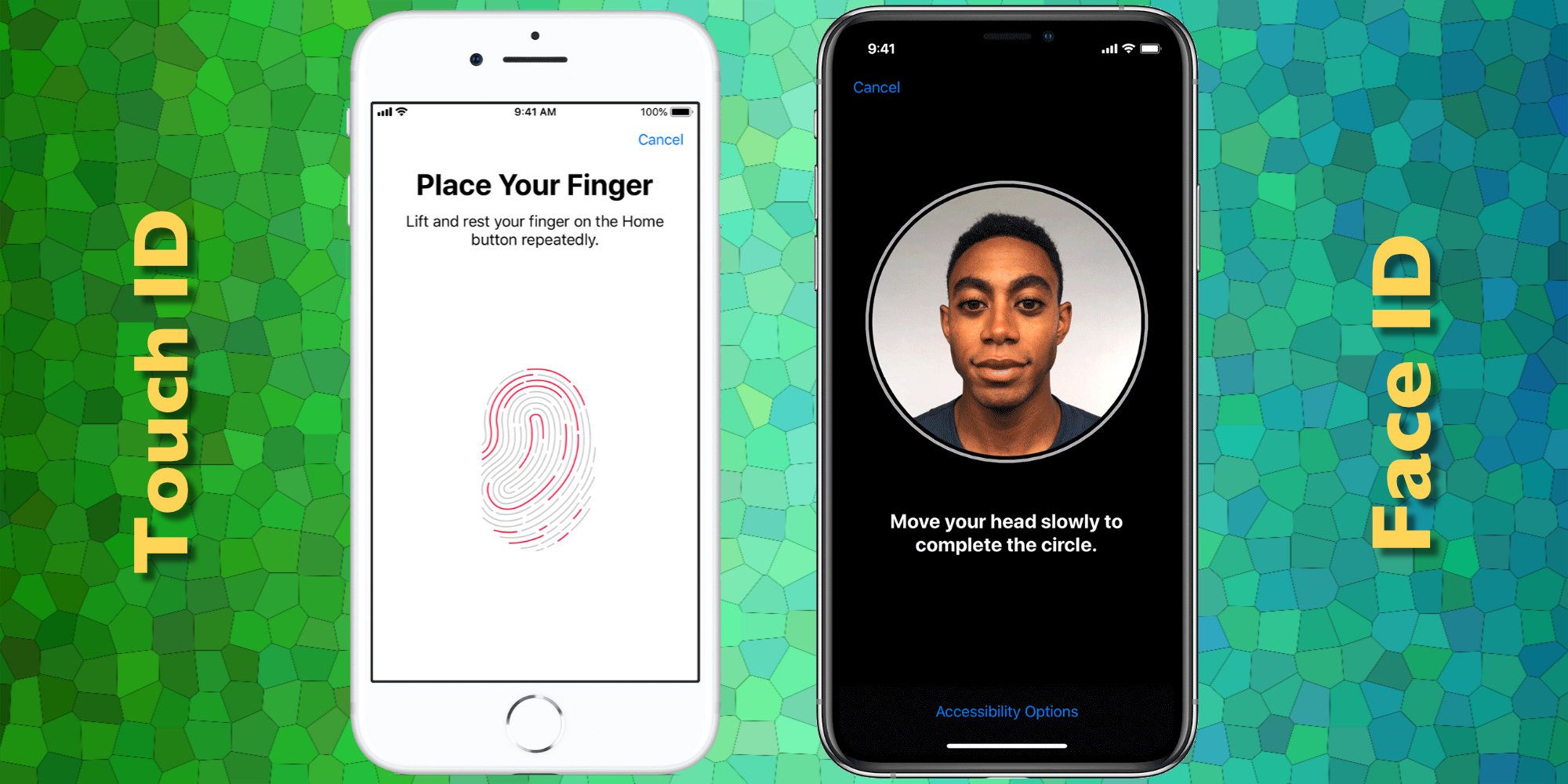Every modern mobile phone requires unlocking before use and Apple’s iPhone SE uses Touch ID technology where a finger is touched to the home button and then swiped up. The more expensive iPhone 11 series relies on Face ID instead, which reduces unlocking to just the swipe up. So why does the newer iPhone use older technology? Well, that comes down to many things, including the differences between the two systems.
Originally, unlocking a mobile phone meant typing a PIN code or swiping a pattern. As mobile technology became more sophisticated and attempts to circumvent security became more serious, fingerprint readers were added to smartphones. For Apple, the fingerprint sensor came in 2013 and branded as Touch ID. Improvements to this feature over the next few years made it faster and more accurate and in 2017, Apple introduced Face ID. Since then, it has also improved in the same ways, including becoming quicker and more reliable.
Apple’s newest and lowest-cost phone, the iPhone SE, doesn’t include Face ID. While many consider unlocking their phone by simply looking at it to be the easiest method, the dramatic increase in mask usage during to the COVID-19 pandemic makes determining which security technique is best more complicated. For example, Face ID usually won’t work while wearing a mask, though Apple has somewhat eased this problem. Still, that doesn’t explain why the iPhone SE doesn’t have Face ID with its front facing camera and whether that was simply a choice made to keep costs low?
The Tech Required For Face ID
Apple describes Face ID as, “some of the most advanced hardware and software that we’ve ever created.” It requires the neural engine of the A11 or newer chip and the A11 first appeared in 2017 along with Face ID. The iPhone SE is powered by an A13, so that isn’t the issue. The iPhone SE has the same version of iOS as the iPhone 11 and iPhone 11 Pro, so software is not a barrier either. However, beyond the neural processor that accelerates the advanced pattern-matching required for facial recognition, a three-dimensional depth map and infrared image are necessary. This depth map cannot be captured with the cameras included with the iPhone SE.
The depth map prevents Face ID from being easily fooled with two-dimensional images. Imagine if a criminal could print out a photo of a face and access everything on someone else’s iPhone. That was not an acceptable risk for Apple and that is why every Face ID iPhone has a TrueDepth camera. The TrueDepth means that there is an infrared camera, in addition to the normal front-facing camera, to scan for depth and provide the data necessary for Face ID to work. The iPhone SE might be the newest phone from Apple, but being the lowest-priced iPhone, some concessions had to be made. In this case, the lack of the TrueDepth camera required for Face ID to work. Still, Apple’s iPhone SE does have Touch ID, which may actually be more convenient given the current need to wear a mask.
Source: Apple
